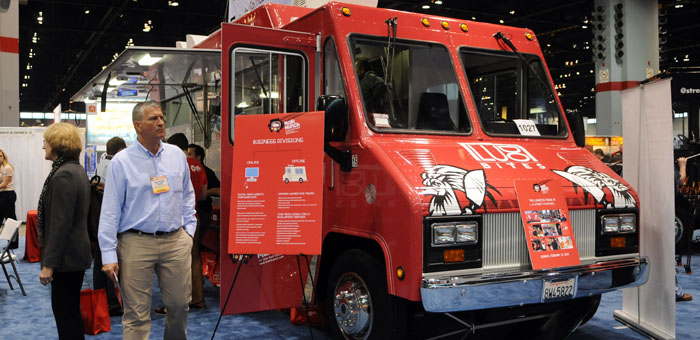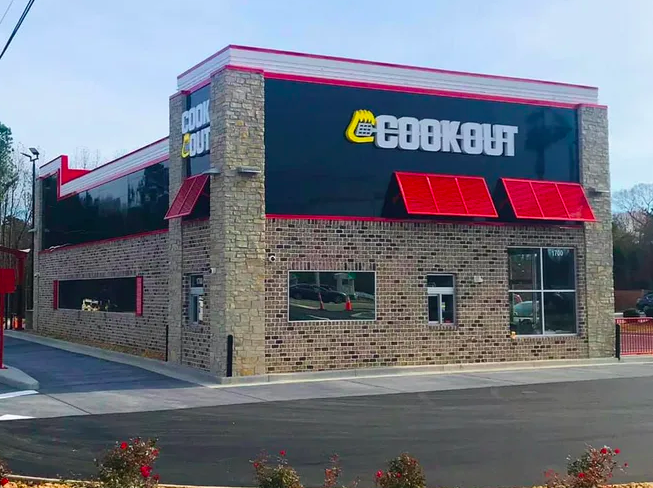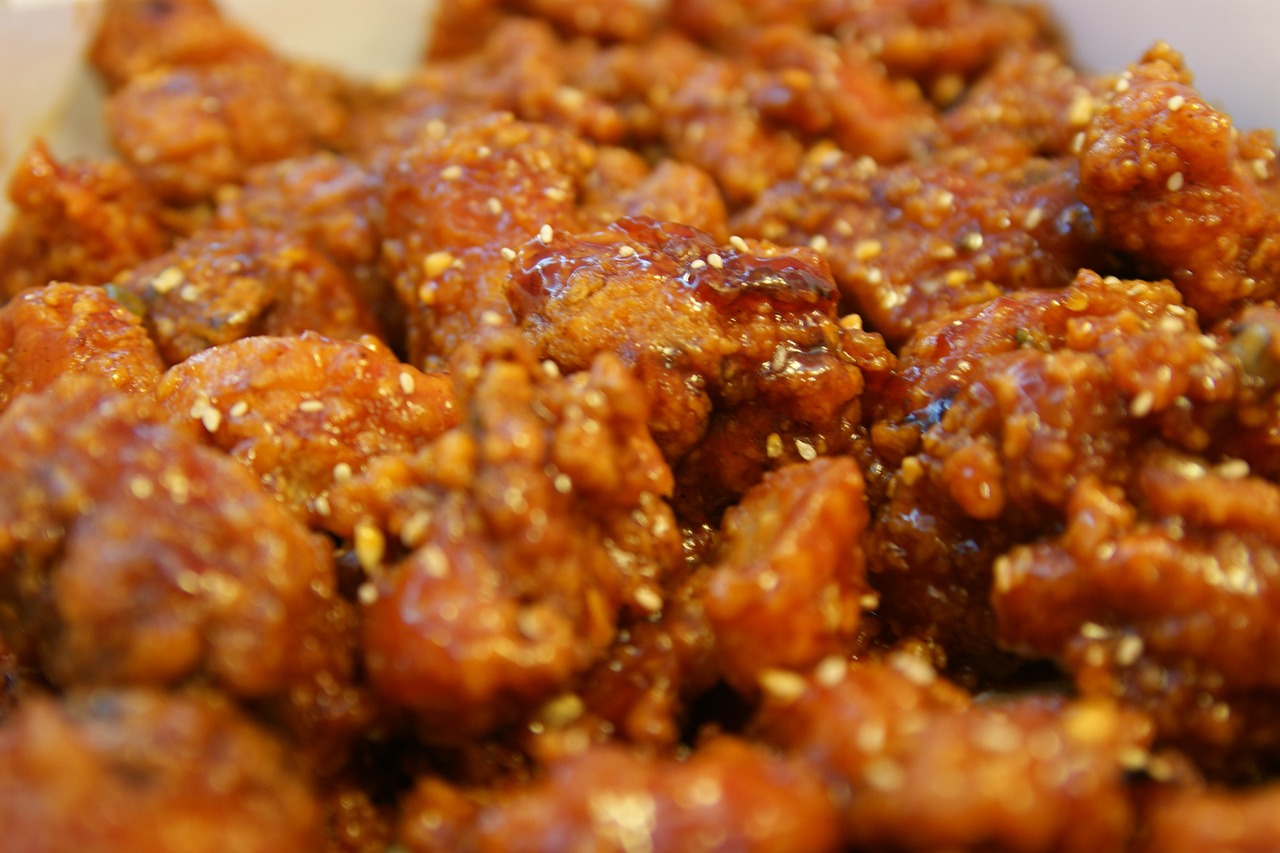Mobile Cuisine is gearing up for a new year of food truck trade shows. We wanted to share some helpful tips with you, the attendee, to attending a trade show with purpose. As an attendee, you pay good money to go to a trade show – travel, attendance fees and all of the other expenses associated with being away from your food truck or out of the office.
To make your trip worthwhile, you need to have a plan. The convention center can be a maze of displays with dizzying lights, sounds, colors and smells. While a bit of distraction is expected, it should not throw you off of your overall plan.
Page Contents
Attending A Trade Show With Purpose
Attending a trade show is not what I’d call fun or glamorous. It’s a part of your job as a business owner, marketing, sales or purchasing manager. You need to be involved and meet your counterparts, see your competition and meet your customers and vendors face-to-face. Attending trade shows is all about building relationships, increasing your network and representing your brand.
Once you’ve determined you are attending a trade show, you will need to identify who in your company will attend (consider a member of your sales/distribution and purchasing departments as both of these functions are key at trade shows. You are looking to sell your products or services to someone and buying the equipment, knowledge and ingredients to make those products or services to sell.) and make the necessary travel arrangements. This can be a super-saver activity or a strategic wining/dining experience.
Taking the next step
Your first step in planning is to make this trip the least expensive as possible. You can pick your favorite carrier or discount travel website and book away. You’ll need to identify a means of public transportation or rental car agency to get you to and from the hall if you stay further away from the convention center . Most hotels in close proximity to the show will increase their rates during the trade show dates, so the further away you get from the convention center, the lower the rates. This may make it less convenient getting to and from the convention center, but it will keep your costs down.
The next part of your planning is to create a strategic wining/dining experience. Are you there to meet with existing or new customers? Are you looking to impress them? And finally, are you trying to sell your goods or services? If these are the reasons you are attending a trade show, it’s probably wiser for you to stay at a show sponsored hotel or a property that’s close to the trade show. Not only will this give you the convenience of being close to the show, it will allow you off-show floor opportunities to meet with potential customers/distributors. Many introductions are made at hotel restaurants and bars immediately surrounding the trade show. You’ll want to make sure that you anticipate those chance meetings.
Timeline for Travel Arrangements
Depending on the venue and available hotels, you can sometimes wait until the last minute to book your room. If you will be traveling with a group you may want to reserve a block of rooms 6-11 months before the show for your group with general dates. If this isn’t an option for a specific show, you can sometimes book your rooms as soon as the show’s housing group opens booking.
Each trade show has housing information on its website. Housing blocks typically open around 6 months before the show. The longer you wait to book your rooms, the higher the price of the room and the selection becomes very limited.
Investigation of a Trade Show
Most trade shows have seminars, workshops and speakers for you to attend and learn new practices in your industry. Restaurant and food shows are actually quite fun because a lot of the time you get to eat the demonstrations. Once you’ve downloaded and reviewed the seminar/speaker schedule and have identified the sessions that best suit you, create a schedule. There are usually several overlapping sessions and you cannot be in two places at once. This is where you employ the “divide and conquer” rule. Assign the most relevant sessions to you and your colleagues based on roles within your organization and which proves the best networking opportunities for that particular person.
Now that you’ve booked yourselves in seminars, you’ll need to find time to walk the show floor. That’s the real reason you’re there! The best way to approach this is to go to the trade show’s website and review the list of exhibiting companies. Sometimes the companies are listed not only by name, but also by function in your industry. It’s always wise to scan all of the lists. You may find there are new names on the list. Trade shows are how a smaller, start-up company can get its proverbial “foot in the door” by meeting people face-to-face.
Where to go?
You’ve scanned the list of exhibitors and noted their booth numbers. Now you need to print out the hall plan of the show and plot out the booths you’d like to visit. If you find you have several stops to make, you can assign certain stops to each of your colleagues or you can prioritize your visits; high, medium, low.
While this step seems very elementary, it can be exceedingly helpful when you’ve only got 1-15 of show hours to cram in many visits. Since you’re prioritizing your booth visits, you’re more likely to actually make those stops. Being deliberate in your plan allows you to get the most of your limited time.
You may think that starting at one end of the hall and working your way down each aisle is the best route to go. While this is good for some shows, this is not the best plan if you’re there for business. You can and will stroll right by a booth that has that product/service that could save you money, headache or whatever. There may be a bunch of people crowding around at the moment and all you want to do it get through it.
Don’t be distracted
You may be distracted by a demonstration across the aisle and pulled off course. Either way, you can be easily distracted without the plan. We understand that you’re always able to double-back and loop around the hall again, but we’re trying to be efficient.
Once you’ve identified who’s exhibiting and where they are in the hall, if you have been trying to make a connection with a particular company, you should contact them directly. Via the show’s website, you should be able to find an internal contact and get the name of someone working the show that can answer your questions directly. If possible, reach out to that person prior to the show and set up time to meet with them while you’re both at the show.
Most of the people working the show are in Sales and will have their evenings full of drinks and dinner meetings. If you need to meet with someone specifically, it’s best to get on their calendar early.
Be Prepared Once You Get To The Show

Chef Matt Maroni (white shirt) checks out the food trucks section. – JOHN J. KIM ~ SUN-TIMES
When you’re at a show, you are starting a relationship with everyone you meet (potentially). You’ve decided to attend this show because it affects your business. Be prepared to start the conversation with existing and potential suppliers. You should know what your company needs, basic quantities, timing, distribution challenges, etc. Having these conversations with representatives of your potential and existing business partners allows them to tailor their services to your needs.
Many times, exhibiting companies will take orders on the show floor. They’ll typically offer a “show promotion” limited to attendees. You will need to place the order and fulfill it within a certain time following the show. This strategy gets you a discounted price on goods that you need or entice you to try something new. You are not obligated to complete the purchase after the show, but it’s not recommended.
These transactions are the start of business relationships. You don’t want to be the “boy who cried wolf.” It’s best to come to the show armed with your financials and have a strong idea about goods/services that you need and are willing to purchase. Remember, if you’re strapped for cash, these are opportune times to negotiate future discounts, volume discounts and overall future business.
Once the meetings begin
When you’re in a booth and meeting with the staff, be prepared to get your badge scanned. This allows the company to follow up with you directly, usually via email. You, as the attendee, need to be willing to offer your contact information.
When you’re attending a trade show, you want to convey your brand professionally. Some companies have a policy of formal business attire in the office, but when people hit the show floor they have no idea how to dress. A good rule of thumb is to look polished and clean.
It’s typically good to be branded with your company’s logo on your shirt. Wear clean, pressed pants with comfortable dress or casual shoes. We suggest avoiding sandals or sneakers. Remember, you’re representing your company. You want to portray the best image as possible.
After the show
As an attendee, you have responsibilities after the show as well. You’ll need to organize the notes, photos and business cards to give you some clarity on all of the information you gathered while at the show. This will help you in identifying which company you’d like to start to do business.
Some companies are really good at sending out general follow up emails, while others never use your information again. Other companies will not only send out general follow-up emails, they’ll assign sales staff to follow up with you directly. Your responsibility as an attendee is to make sure you get the information you wanted. It’s the reason you attended the show in the first place!
Basic Checklists For Attending A Trade Show
Dress the Part:
- Wear comfortable shoes: You will be on your feet all day. Be comfortable. My motto is “Happy feet equals a Happy Hannah.”
- Go coatless: If the weather outside isn’t horrible, don’t even bother bringing a coat. It’s a bulky thing you’ll end up having to carry around. If you need one, find a place to check it.
- Bag/Satchel/Tote: Most booths will offer samples of products and company brochures. If you want to take “things,” you’ll need a place to store all of it. Keep in mind, it’s best to take only the things you really want, otherwise you’ll be carrying a bunch of things you’ll never look at again.
Things to Have On You:
- Business cards: You never know when you meet someone new. This will give them the ability to remember you after a long trade show.
- Bottle of water: Stay hydrated.
- Snacks: If you’re attending the NRA Show, you will have plenty of opportunity to eat some great food.
- Pen & Notebook: This will help you remember interesting bits of information while in sessions or take notes after you meet people.
- Camera: There are so many products and people that you will meet, it’s sometimes best to take pictures to aid in deciphering all of the data.
- iPad/Tablet: These gadgets are making the pen, paper and camera obsolete. Take your notes and photos on these and you’ll be able to organize them more quickly.
Reference Checklist:
- Identify who from your company will attend.
- Register for the show.
- Book hotel rooms.
- Book flights.
- Review website and identify seminars that interest you.
- Assign colleagues to seminars.
- Identify booths you want to visit.
- Map it out and create a game plan.
- Establish a dress code and get apparel made.
- Replenish business cards.
- Create an elevator speech.
- Know your current financial state.
- Come ready to negotiate.Have an awesome show!
RELATED: How To Deal With Trade Show Expenses And Tax Deductions
We hope this article helps those of you planning on attending a trade show in the future. Do you have any additional advice? Share your thoughts on social media. Facebook | Twitter




